

Haruka Yamamoto
Graduate School for Advanced Science and Technology
Biological Sciences
Molecular Genetics of Flower Development Laboratory
- Academic year
- Master's course 2nd
- Hometown
- Osaka, Japan
- Background
- Department of Bioscience, Faculty of Agriculture, Kinki University
- University research
- Determination of the regulatory mechanism of selective splicing of chloroplast APX
- Graduate research
- Determination of the regulatory mechanism of petal senescence by jasmonic acid in Arabidopsis thaliana
Why I chose NAIST
The main reason I decided to go to NAIST was that I could choose my research topic. This allowed me to choose a research topic with a broad perspective. In addition, if you go to another university, you have to jump into an existing circle of students, but at NAIST, everyone starts at the same time, so it is an environment where it is easy to conduct research, including building relationships.
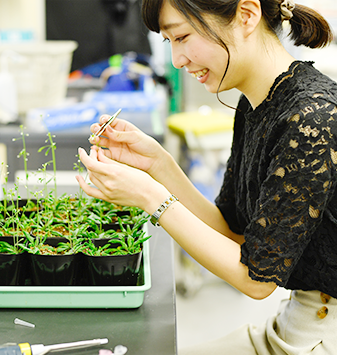
![]()
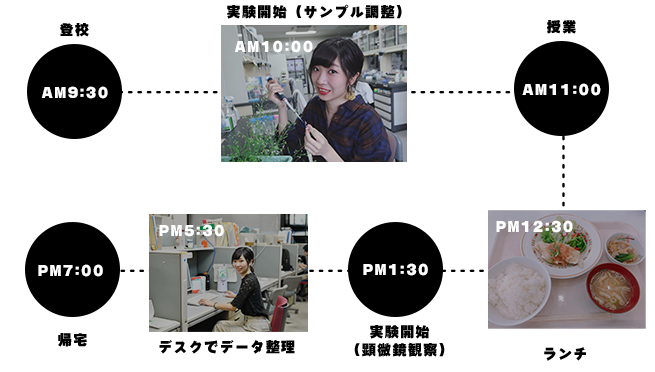
Introduction to our lab.
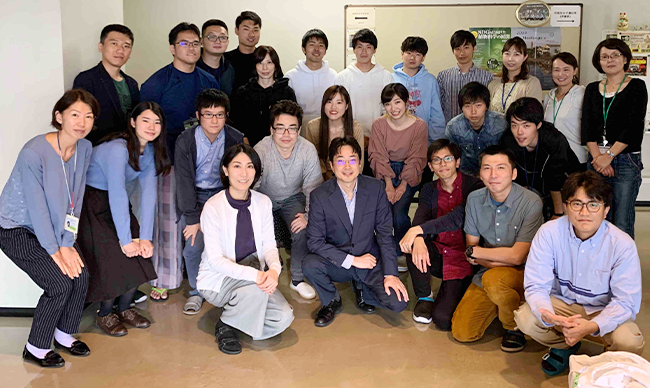
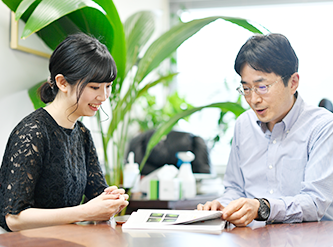
Grains, vegetables, and fruits are all made from the flowers that plants produce. In other words, we cannot live without the products of flowers.
In order for fruits and seeds to form normally, stem cells with self-renewal and multipotency must be arrested at the appropriate time.
Therefore, in our laboratory, we are conducting daily research to clarify the mechanism of flower formation, focusing on "epigenetic modification" and "phytohormones", which are deeply involved in stem cell regulation and affect the control of gene transcription.

Number of persons in the lab (unit: persons)
| Professor | Assistant Professor | Technical Assistant |
Doctoral Degree | Master's Degree |
|---|---|---|---|---|
| 1 | 3(1) | 7(7) | 7(1) | 12(4) |
※The number in brackets next to the number of researchers is the number of female researchers.
HP of the Laboratory of Molecular Genetics of Flower Development
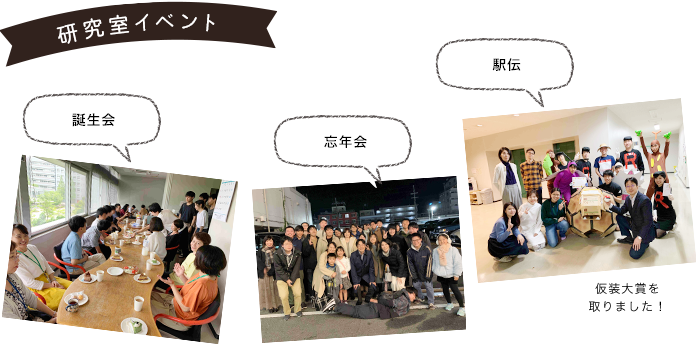
Conference Announcements
The 42nd Annual Meeting of the Molecular Biology Society of Japan in Fukuoka
All M1 students in the Ito lab will present their research at the 42nd Annual Meeting of the Molecular Biology Society of Japan in December. In preparation for the conference presentation, the students not only systematically conducted experiments, but also developed the necessary skills through presentations in lab seminars and discussions with their professors. As a result, we were able to give a very productive presentation that was highly appreciated by professors from other universities.
Since the conference lasted for four days, we went out for dinner in the evening with the members of our lab who attended the conference, which gave us a sense of sightseeing.
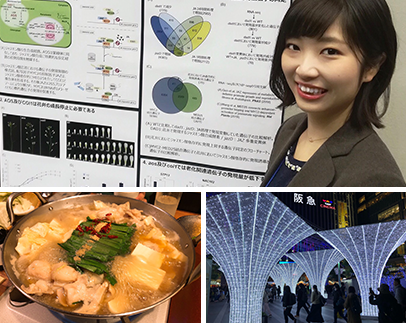
Daily life
I live about 20 minutes by car from NAIST. I can go to Osaka and Kyoto in about 30 minutes. Shops where I can work part time are also close by.
I usually try to cook for myself at home, but periodically I ask my friends who live in the dorms to rent the lounge on the first floor of each building and we cook hot pot and gyoza together.
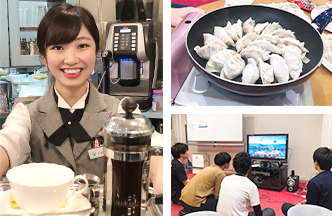
![]()
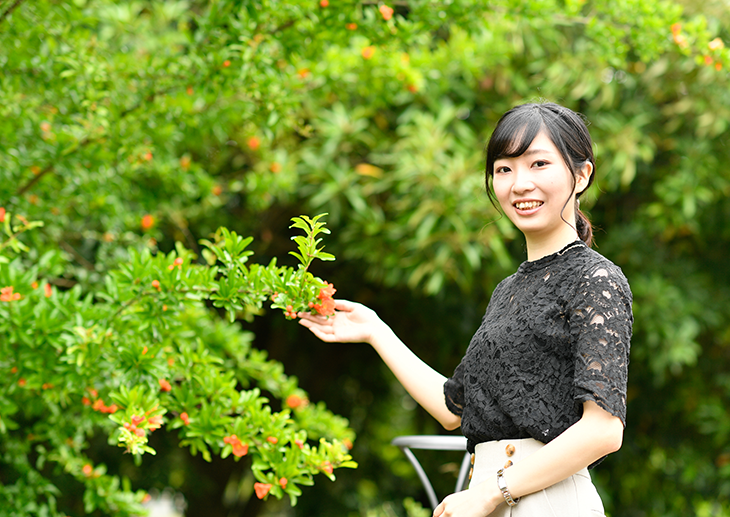
When you hear that the percentage of women at NAIST is about 20%, some of you may feel uncomfortable. However, in the field of life sciences, about 30 to 40% of students are women, which is relatively high. In addition, students have good opportunities to make friends through orientation and classes after enrollment. The facilities on campus are also excellent, including a women's lounge, a health management center, and self-locking dormitories, so students can focus on their research in a safe environment.
I think many people are reluctant to go to graduate school because they are female. However, please believe in "what you want to do" and make a choice you will not regret. If your choice is NAIST, I am sure that NAIST will support your choice.

(July, 2020)






